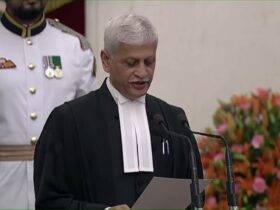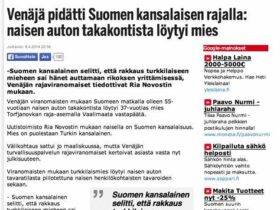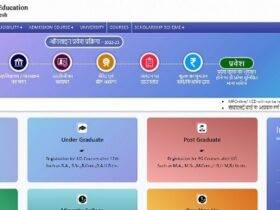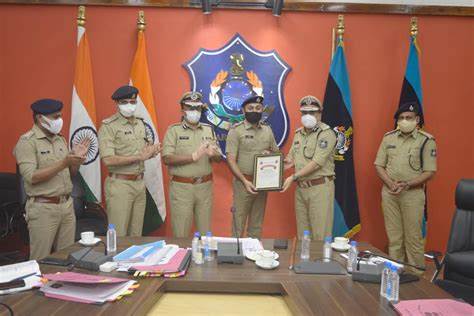In today’s fast-paced world, criminals have little to go by but the law of the jungle. Apart from people’s moral courage, good community service and a highly trained police force; Rajkot City Police have taken a few generous steps to ensure safety for its citizens.
What the Rajkot City Police Force stands for
Rajkot, formerly known as Rajkot City, is the second most populous city in Gujarat and seventh most populous city in India. The city is historically known for its textile industry. It is also one of the main tourist destinations in Gujarat.
The Rajkot City Police Force was formed on 1st October 1964 with the merger of the Rajkot Police and the Patan Police. The Rajkot City Police Force has a strength of 3600 officers including 430 women officers currently. The force is headed by a Commissioner who reports to the Director General of Police, Gujarat.
The primary mission of the Rajkot City Police Force is to provide security for citizens and visitors to the city and to maintain law and order. The force also conducts various other activities such as flood relief work, anti-crime drives, temple maintenance etc. In addition to police duties, the force oversees Night patrolling in selected areas of the city; conduct security operations during spiritual meetings like Rath Yatra etc.; provides round-the-clock assistance during natural calamities like floods, thunderstorms etc.; undertakes social welfare activities like distribution of food among terminally ill patients etc.
Highlights of the Rajkot City Police force during a year
In the year 2019, the Rajkot City Police force has undertaken several important initiatives to protect its citizens. Some of these include launching a awareness campaign against crime and raising public safety levels through engagement with the communities.
The Rajkot City Police have also achieved remarkable success in apprehending criminals and busting criminal gangs. During the year, they apprehended 119 criminals and seized large quantities of drugs, firearms and cash. In addition, they registered 34 cases of loot and 278 cases of extortion against civilians.
In order to strengthen its presence in various parts of the city, the Rajkot City Police have deployed additional personnel in sensitive areas. They have also started using advanced technology such as drones to map crime locations and track criminals.
Ethical values and questions related to it
In light of the current climate of unrest and terrorism, it is crucial for law enforcement agencies to operate with ethical values in mind. The Rajkot City Police force is dedicated to preserving these values and protecting its citizens.
Here are a few questions related to ethical values that law enforcement officers should be aware of:
What is the law enforcement agent’s duty?
Are legal rights more important than moral considerations?
How does one weigh the risks and benefits of an action?
What extent do police have the authority to use force?
People behind the work
The Rajkot City Police Force is a well-oiled machine that dedicates itself to the protection of its citizens. With a strength of more than 1,000 officers and staff, the police force is one of the biggest in Gujarat.
Since its inception in 1853, the Rajkot City Police Force has been responsible for upholding law and order and protecting the citizens of the city. Its officers are highly experienced and well-trained, ensuring that they are able to handle any situation that arises.
The police force has a strong network of collaborators throughout the city, who are available to help in case of any crisis or emergency. In addition to this, the police have established very close relationships with various other government departments, such as the revenue department and the municipal corporation. This enables them to quickly respond to any incidents that may happen in either area.
The Rajkot City Police Force is dedicated to protecting its citizens and ensuring that they live safely and peacefully. It is an excellent example of how a local police force can work together with other government agencies to ensure seamless urbanization

































Leave a Reply